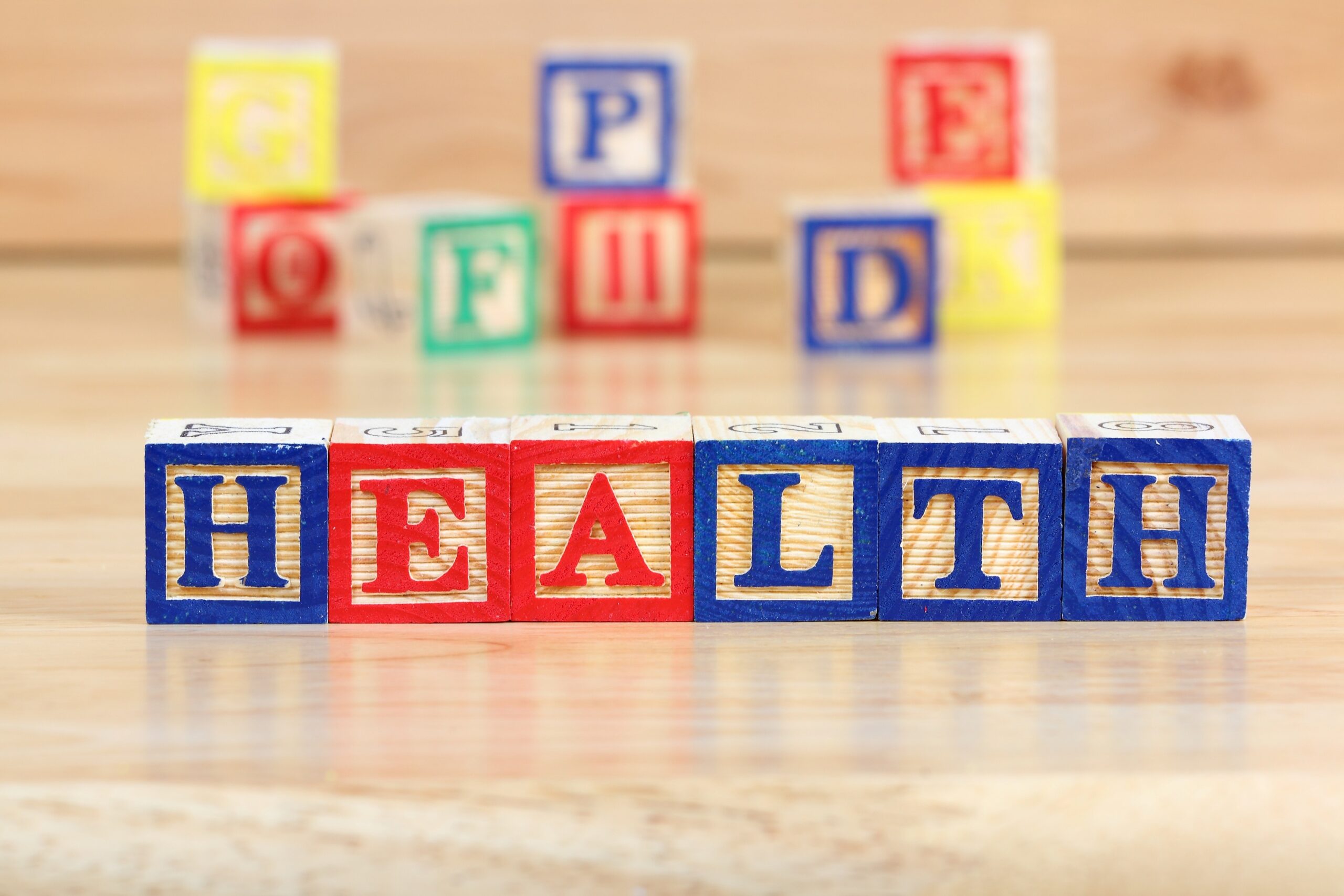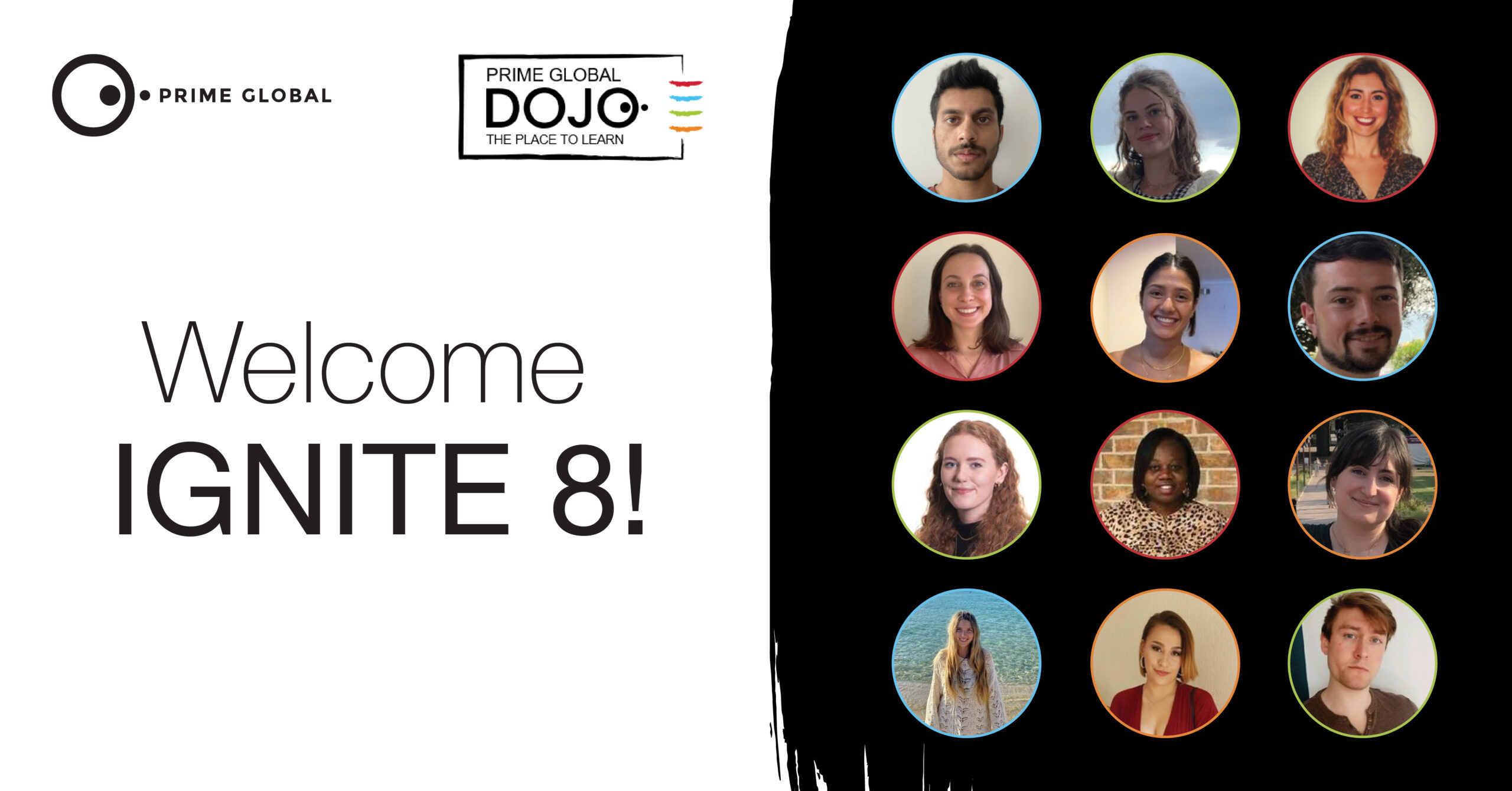The World Health Organisation defines health literacy as ‘the personal characteristics and social resources needed for individuals and communities to access, understand, appraise and use information and services to make decisions about health.’1 Where levels of health literacy are high, people are able to play an active role in improving and maintaining their own health, engage successfully with community action for health, and push governments to meet their responsibilities in addressing health and health equity.2
Where levels of health literacy are low, people are more likely to have long-term health conditions, more limited activities, and higher rates of mortality.3 The wider societal impacts of low health literacy levels also include medical errors, loss of wages, and compromised public health. It is estimated that low health literacy costs the US economy up to $236 billion every year4, with the prevalence of low health literacy across the US, Canada, Australia, and the EU varying from 29% to 62% of the whole population.3
Health literacy is strongly linked with other social determinants such as poverty, unemployment, or being a minority group, and it is true that often the most in need of health information have the least access to it.3 However, unlike many of these social determinants, health literacy is potentially open to change through building skills in the population, clear messaging from healthcare, and improved written information.3
“Health literacy is a stronger predictor of a person’s health status than age, income, employment status and race.”5
The size and importance of health literacy as an issue can’t be understated. And where health literacy is low, effective solutions are needed. Health systems and healthcare professionals have a big role to play, but it’s clear that pharmaceutical companies also have a great opportunity to help empower patients to manage their own health through effective, understandable communications.
At Prime Global, we love to see fantastic real-world examples of communications that address health literacy. One such example comes from Merck (MSD) in the US, with their ‘Patient Medication Labelling’ program. Delivered in collaboration with patient advocates, Northwestern University and Emory University, this program set out to develop a system of labelling that every patient could understand.

The focus of the program was the Patient Package Insert (PPI) for one of Merck (MSD)’s products.6 Although regulatory requirements are in place to ensure PPI information is ‘clear and accessible for patients’, including those with low health literacy, evidence exists that patients often have difficulty understanding PPI content including warnings and potential side effects.6 7 8
To address this issue, Merck (MSD) collaborated with health literacy experts on the first draft of their PPI, before testing the content in two patient focus groups. Feedback at this stage was broadly positive, with suggested improvements concerning usability, language and comprehension, and the volume of information.6 The revised version then went through additional testing with individuals across various health literacy levels. Ultimately, the approach taken by Merck (MSD) resulted in a PPI that had very high rates of comprehension (96%) and which was approved by the FDA and issued in 2016. Since this initial PPI, the approach has been applied to 17 different products across many therapeutic areas.6
It is hoped that this approach could be viewed as a model that could be adopted by the FDA and other regulatory bodies, so that across the industry patients are helping to co-create labelling that addresses health literacy.
“It’s not just the responsibility of the patient to understand; it’s also the responsibility of the person doing the communicating to communicate in a way that can be understood. So much of the focus is around the doctor-patient communication, but in reality, that’s only a small percentage of the time that a patient is making healthcare decisions […] Patient labelling is the foundation of everything we say to a patient about our medicines later. That’s why it’s so important to get it right.”
Laurie Myers, Director, Global Health Literacy and Oncology Health Equity at Merck (MSD)9
Of course, Merck (MSD) are not the only company within the industry to realise the importance of health literacy and to make moves to improve their programs and practices. Health literacy is being factored into many aspects of patient-focused communications and support, from clinical trial recruitment strategies, plain language summaries, gamification, wearable technology, and in many countries’ COVID-19 pandemic response and vaccine public health messaging.
Whether it’s the example above that we’ve highlighted, or one of the many other programs involving good health literacy practices, they all have the following in common10:
- Using plain language, with explanations of clinical terms
- Working closely with patients to understand gaps in knowledge, understanding and general literacy/numeracy
- Developed with a knowledge of patients’ needs, interests and behaviours
- Using various formats such as illustrations, diagrams, written word or spoken word, to cover people’s various learning styles
- Testing content and products thoroughly with patients representing a variety of health literacy levels
It is important that industry keeps these principles in mind and follows best practice when developing products or communications with patients, as addressing health literacy disparity is a crucial step in addressing health equity.2 Get it right, and we can deliver programs and solutions that offer that crucial ‘triple win’ which is the foundation of our work at Prime Global: improved outcomes for patients, pharma, and society.
Read more about our work in Patient Engagement here
Follow our Twitter for more insights and updates from the world of patient engagement
References
- World Health Organization. 2015. [Accessed online 5/09/21 via https://www.healthliteracy.org.uk/why-is-health-literacy-important]
- World Health Organization. [Accessed online 5/09/21 via https://www.who.int/activities/improving-health-literacy]
- Rowlands G, Protheroe J, Winkley J, Richardson M, Seed PT, Rudd R. A mismatch between population health literacy and the complexity of health information: an observational study. Br J Gen Pract. 2015;65(635):e379-e386.
- Vernon, A. Trujillo, S. Rosenbaum, and B. DeBuono. Low Health Literacy: Implications for National Health Policy. University of Connecticut, 2007.
- Weiss B.D. Health Literacy and Patient Safety: Help Patients Understand. The American Medical Association (AMA) Foundation and the AMA. May 2007.
- Jacobson, K.L., Faughnan, J., Myers, L. et al. An Innovative Health Literacy Approach Designed to Improve Patient Understanding of Medication Labeling. Ther Innov Regul Sci 55, 1180–1192 (2021).
- Wolf MS, Davis TC, Tilson HH, Bass PF 3rd, Parker RM. Misunderstanding of prescription drug warning labels among patients with low literacy. Am J Health Syst Pharm. 2006;63(11):1048–55.
- Marks JR, Schectman JM, Groninger H, Plews-Ogan ML. The association of health literacy and socio-demographic factors with medication knowledge. Patient Educ Couns. 2010;78(3):372–6.
- Patients and Health Literacy. 2018. [Accessed online 09/10/21 via https://www.pharmavoice.com/article/2018-04-health-literacy/]
- Jacobson, K. L., and R. M. Parker. 2014. Health literacy principles: Guidance for making information understandable, useful, and navigable. Discussion Paper, Institute of Medicine, Washington, DC.




